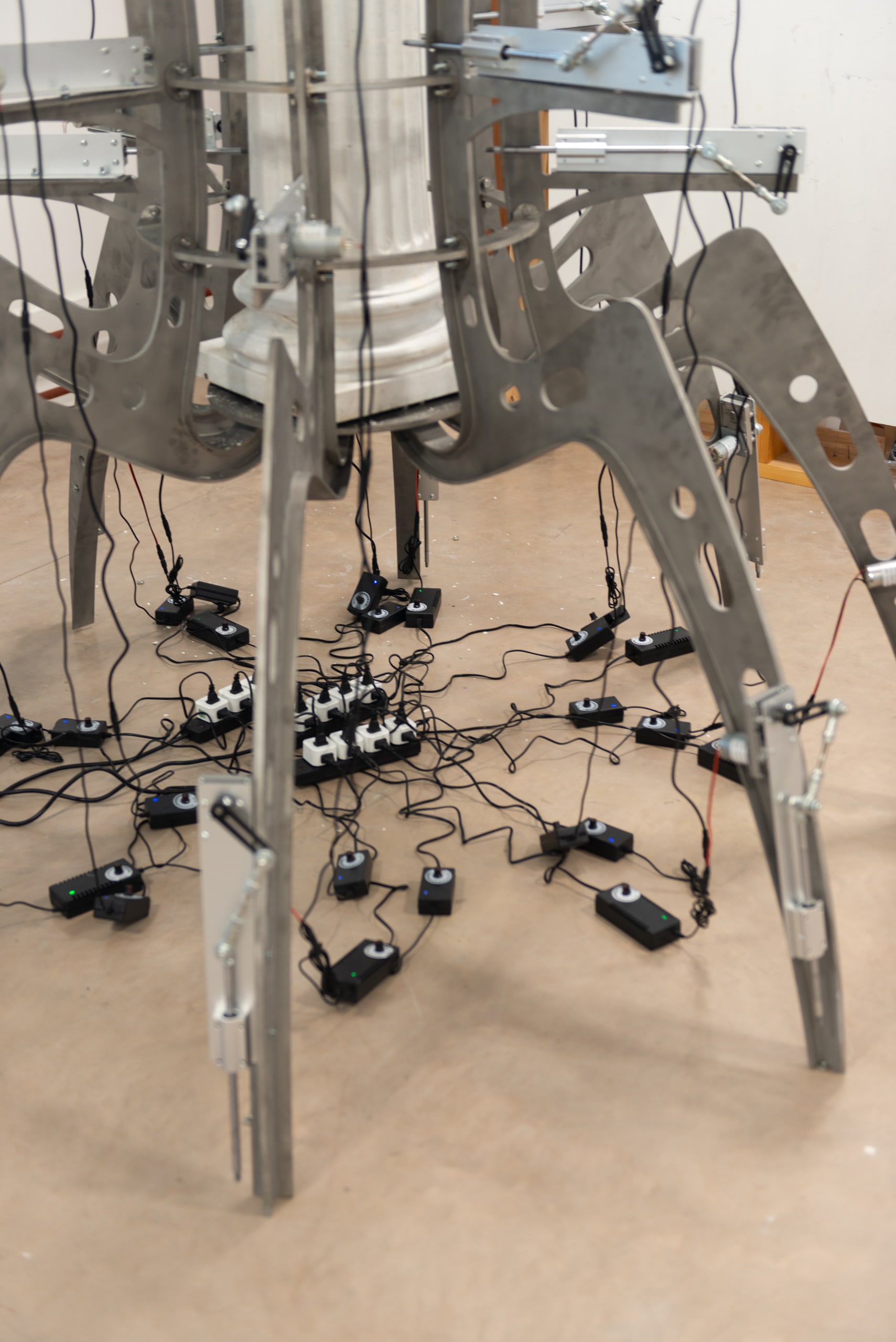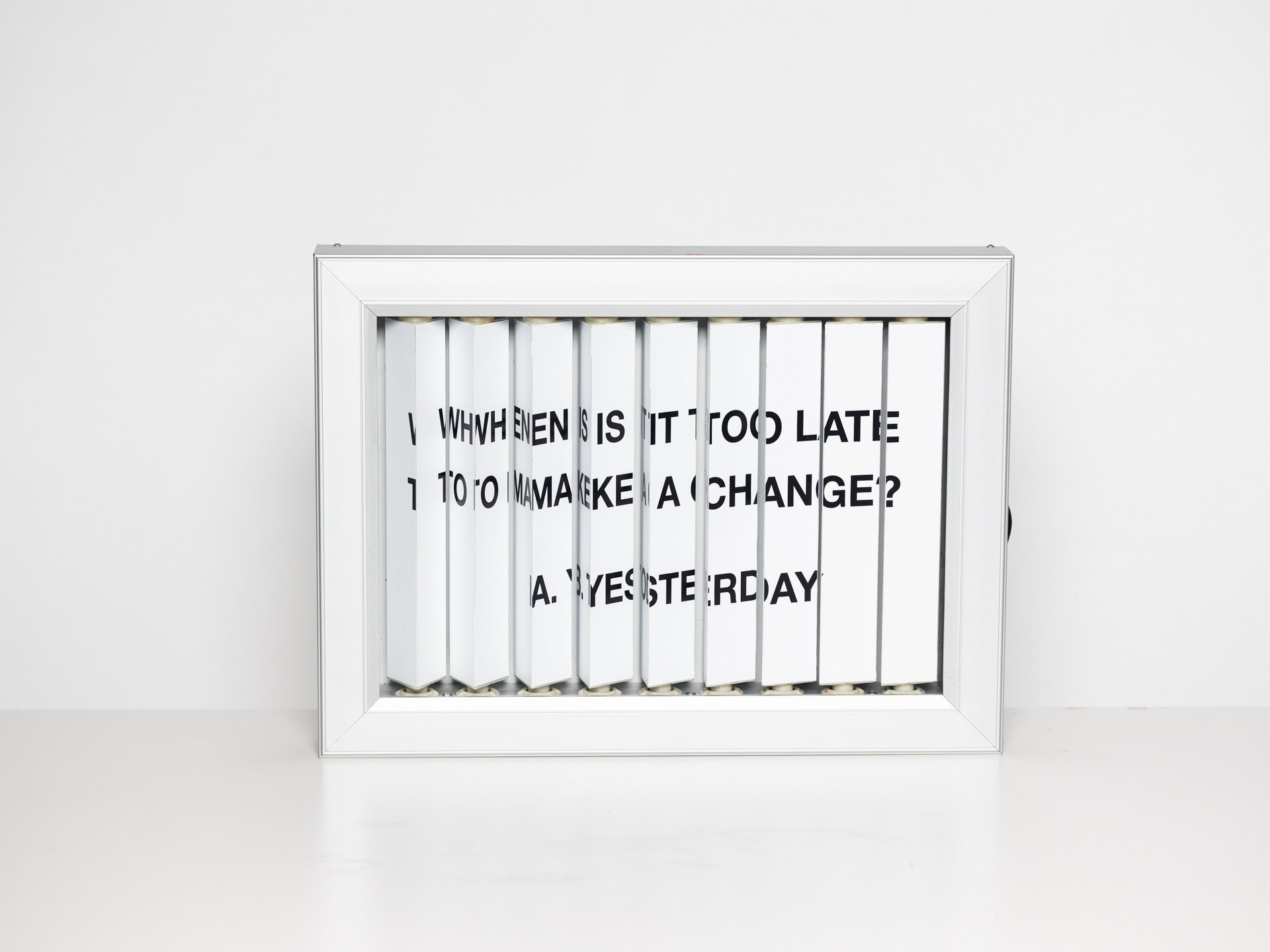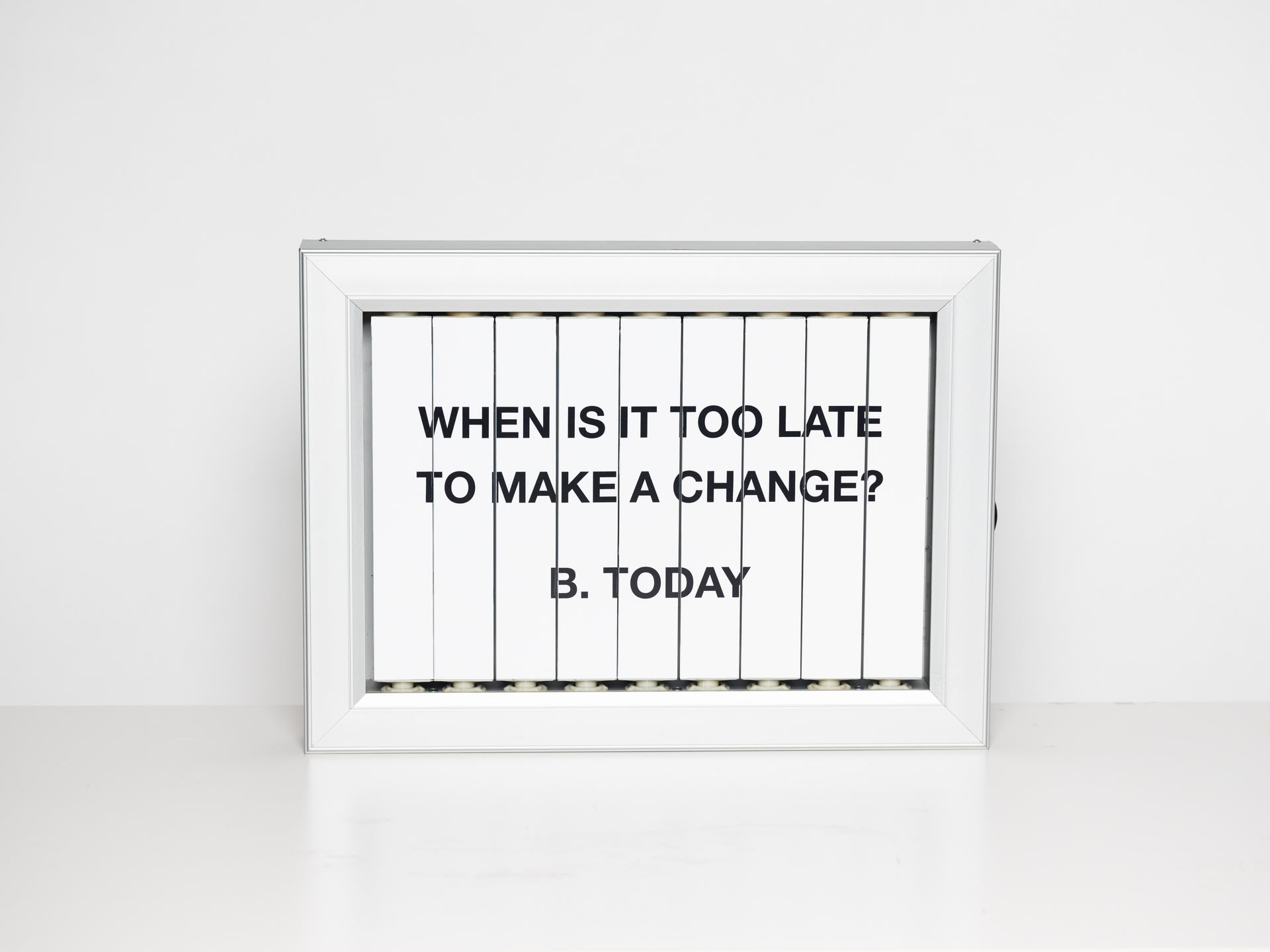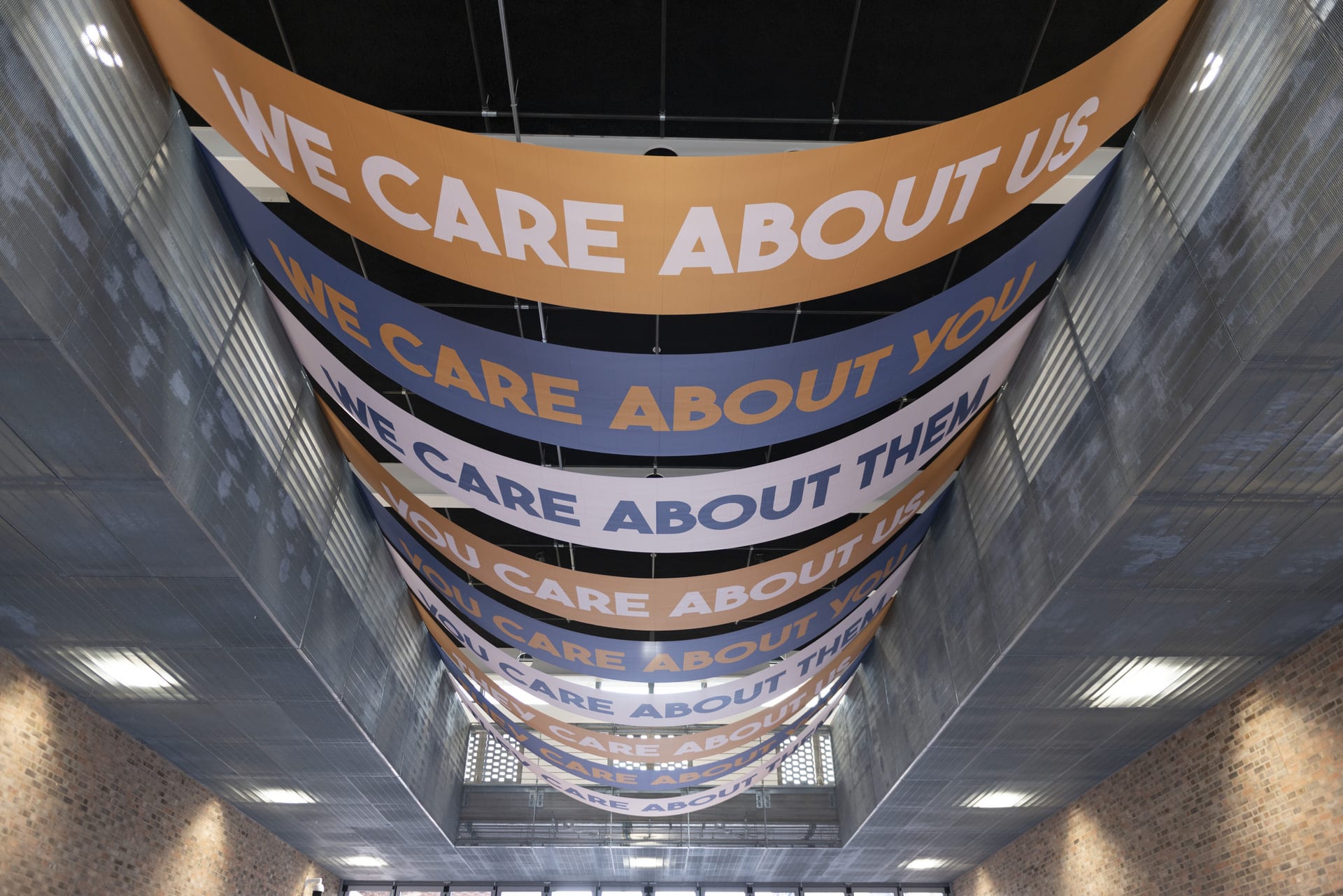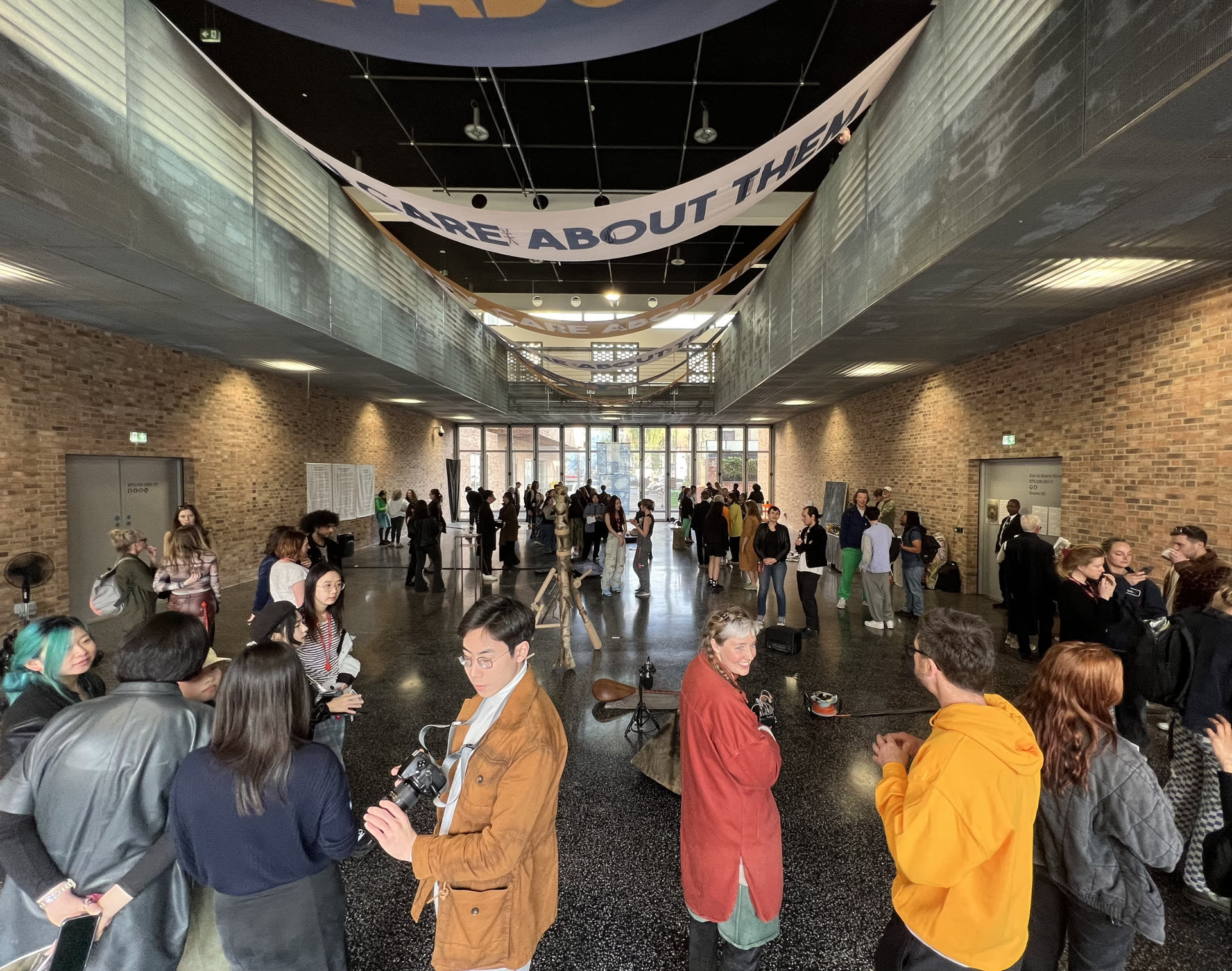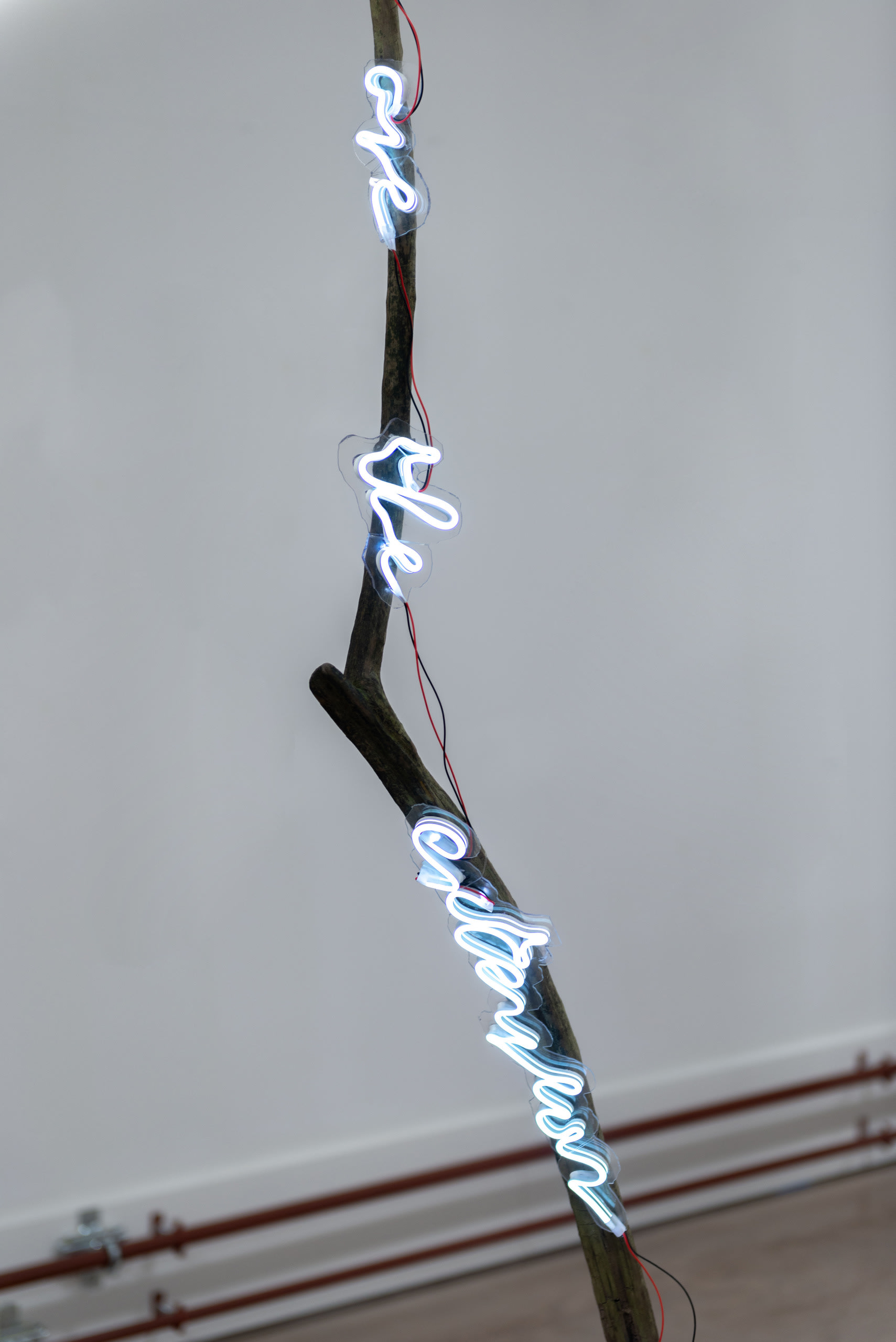Yue Yin (b.1997, Jilin, China) is an artist who is currently based in London. Yin gained his Bachelor of Fine Arts Degree in Studio Art from School of the Art Institute of Chicago in 2020. Yin utilizes different art forms to visualize his point of view on multicultural phenomena. Taking the difficulty of cultural integration as a starting point, Yin’s work explores the vulnerabilities caused by societal discomfort, especially those linked to immigratory.
Yin is a member of the China Sculpture Institute and has also been involved in the execution of many commissioned public art projects in various countries. He has participated in multiple institutions' projects and exhibitions, including 575 Wandsworth Road, National Trust, London (2023), Indonesia Indonesian Contemporary Art & Design 12, Jakarta (2022), Battersea Park, London (2022), ReA! Fair, Milan (2022), Suzhou Jinji Lake Biennale, Suzhou (2020), Sullivan Gallery, Chicago (2020), China Sculpture Museum, Datong (2018), Galerija Nevesinje, Nevesinje (2018), etc. His works have been permanently collected by the Sculpture Programme of Royal College of Art, School of the Art Institute of Chicago, Wuhan Overseas Chinese City, Art Jahorina, etc.





